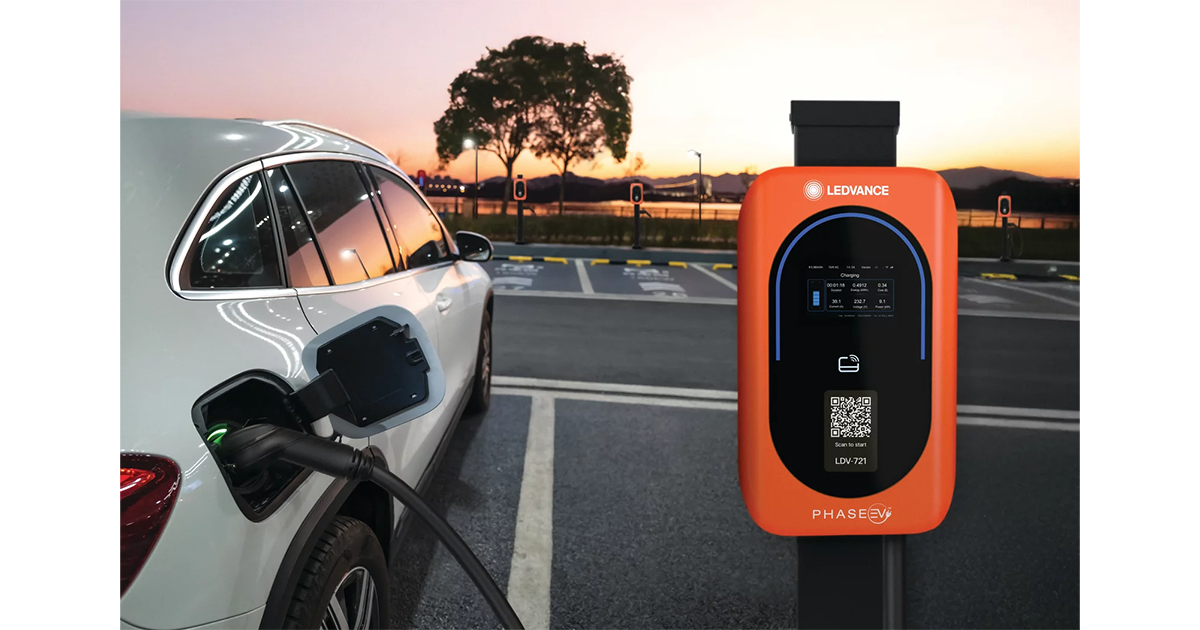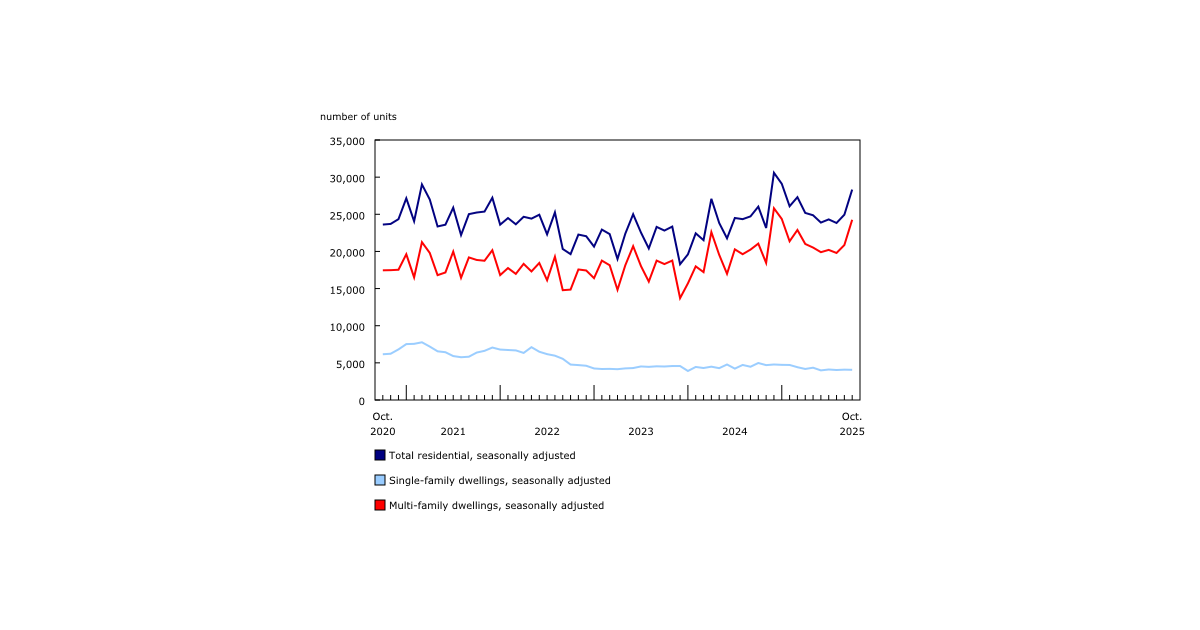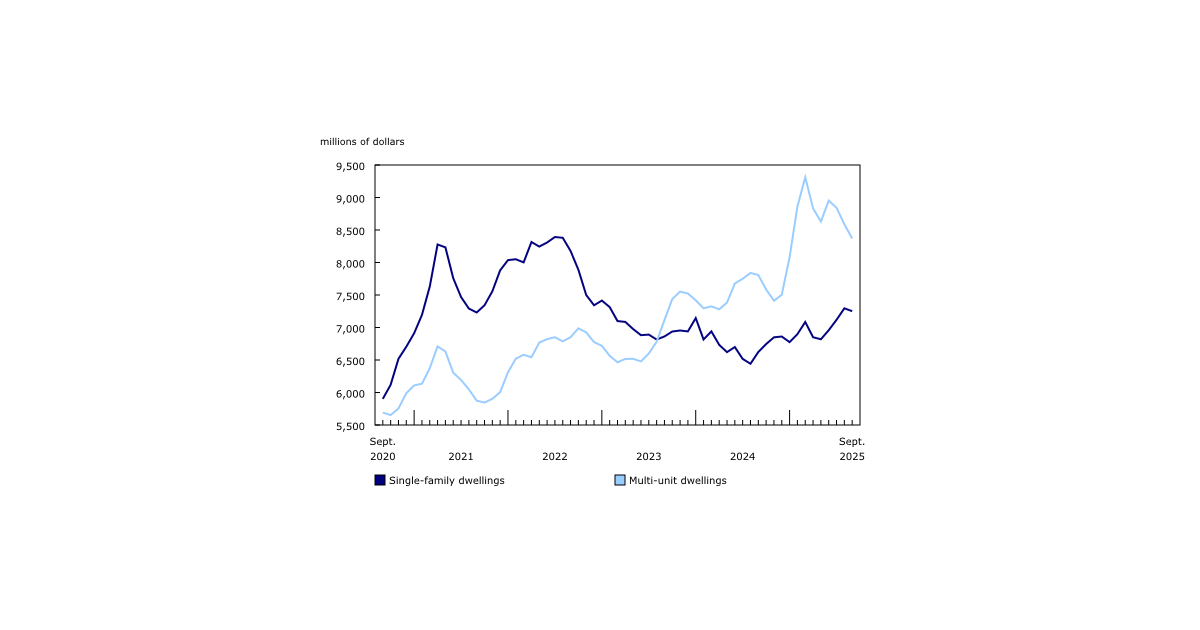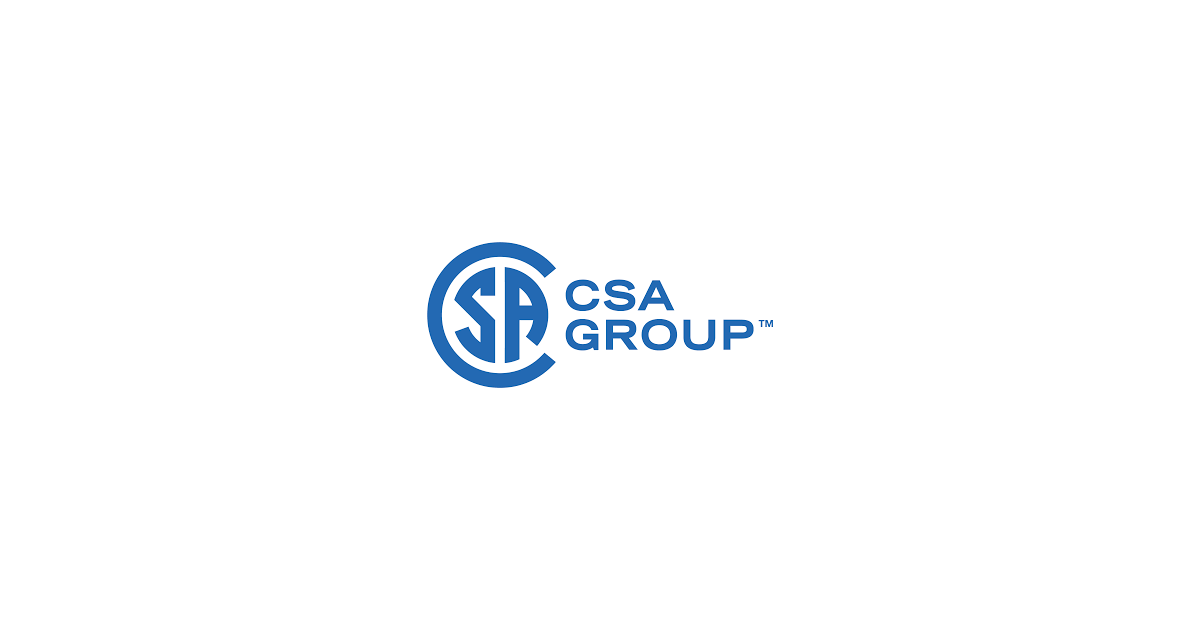Common IEEE 802.3bt Questions Answered

Nov 5, 2018
By Ron Tellas
It’s been a long time coming, but good news is here! IEEE 802.3bt — the 100W Power over Ethernet (PoE) standard — has been ratified and approved as a new standard.
Now that it’s a standard, we wanted to answer a few common questions about IEEE 802.3bt.
1. What will 802.3bt allow us to do?
As the newest PoE standard, 802.3bt calls for two power variants: Type 3 (60W) and Type 4 (100W). This means that you can now carry close to 100W of electricity over a single cable to power devices like wireless access points, thermal cameras with PTZ features, LED lighting fixtures and large display screens (and the list goes on).
As a frame of reference, the original PoE standard — IEEE 802.3af — allowed for maximum delivery of 15.4W. From there, IEEE 802.3at increased maximum power to 30W. IEEE 802.3bt allows for more than six times the amount of power than the original PoE standard created in 2003.
2. Why is 802.3bt important (or necessary)?
This ratification comes at the perfect time to support smart buildings and Internet of Things (IoT). To make these concepts a reality, making more power available to devices is required (along with more bandwidth to accommodate more wired and wireless devices).
Without PoE, smart buildings would be more expensive to design and build. Case in point: instead of several different, standalone networks with their own wiring, connectors and pathways, single IP networks are being used. Before PoE, systems connected to IP networks required separate data and electrical connections, as well as proximity to electrical outlets. With PoE, one single cable provides data and an electrical connection (with power levels now close to 100W).
3. How is 802.3bt different than other PoE standards?
IEEE 802.3af and 802.3at standards call for power delivery over two pairs of a four-pair cable, using either pairs 1 and 4 or pairs 2 or 3 (but not both pairs).
IEEE 802.3bt takes advantage of all four pairs in a 4-pair cable, spreading current flow out among them. Power is transmitted along with data, and is compatible with data rates of up to 10GBASE-T.
4. What are the cabling requirements for 802.3bt?
Although the new standard states that Category 5e cable or higher is needed, it’s crucial that Category 6A 4-pair balanced twisted-pair cable is used with new 100W PoE installations for the best possible thermal and power efficiency.
Less power is dissipated in a Category 6A cable, so more of the power running through the cable is actually transferred to the device instead of being wasted. Some Category 6A cables are even designed with enough insertion loss margin to handle the extra heat generated when PoE cables are bundled. This extra margin ensures that your channel will still reach 100 m under maximum PoE load.
By running Category 6A cables to each powered device, and implementing a zone distribution architecture, you’ll create a futureproof infrastructure that supports 100W PoE along with higher data rates.
To learn more about 100W PoE and the impact it will have on your network, download a free white paper: The Time to Prepare for 100W Power over Ethernet is Now.
This article was first published online by Belden. Ron Tellas joined Belden in 2016 to help define the roadmap of technology and applications in the enterprise. Prior to this, he developed cables and connectivity for Panduit and Andrew Corp. Ron Tellas is a SME in RF design and Electromagnetic Propagation and has a BSEE from Purdue University, a MSEE from IIT, and a MBA from Purdue University.

















